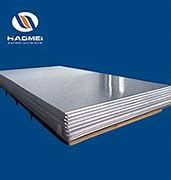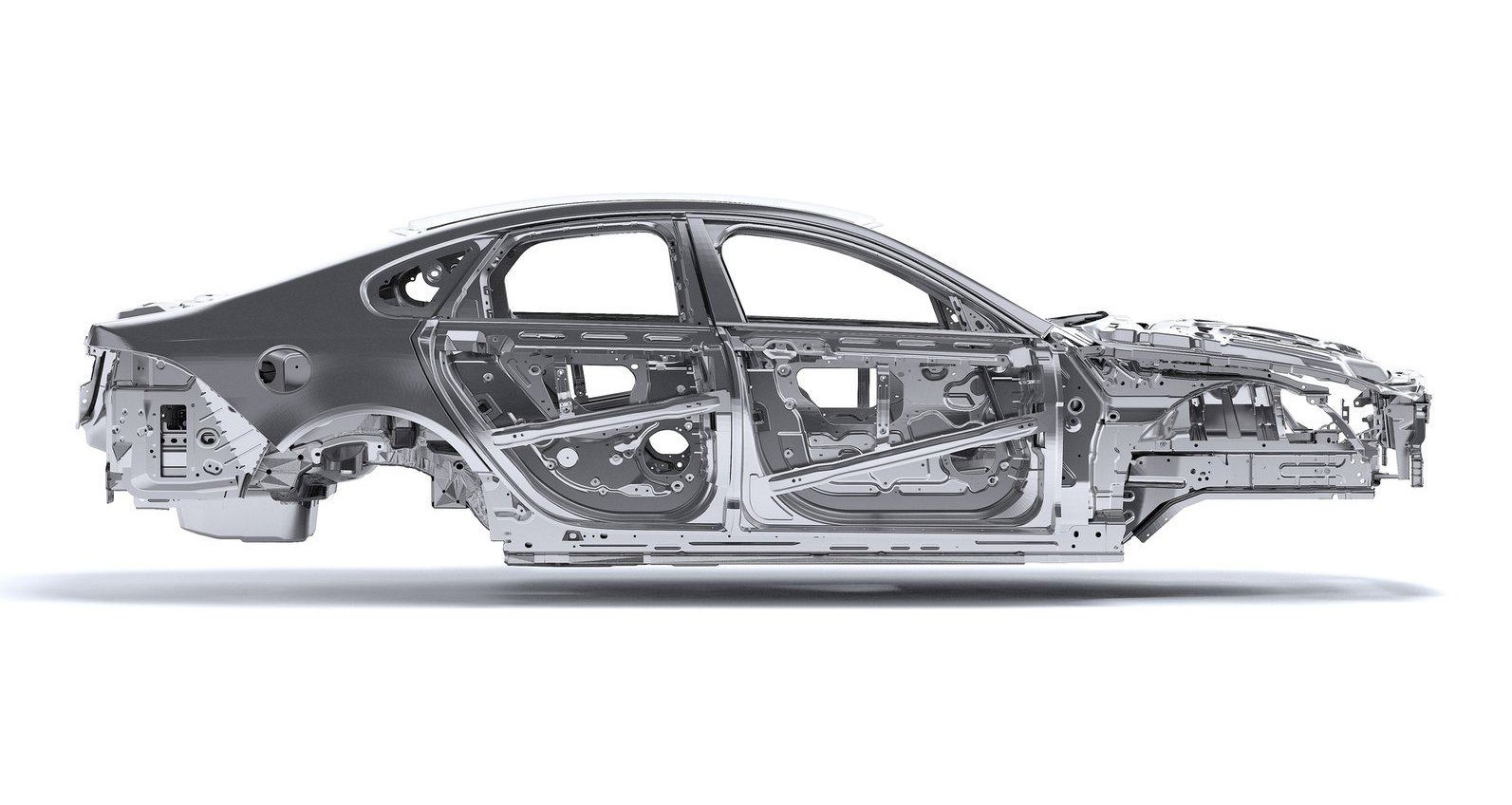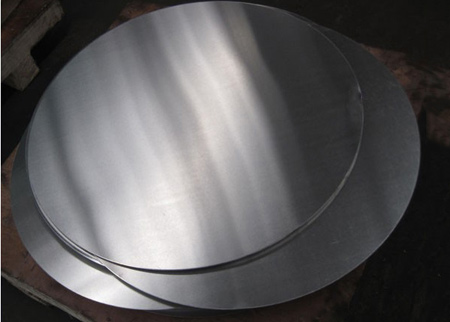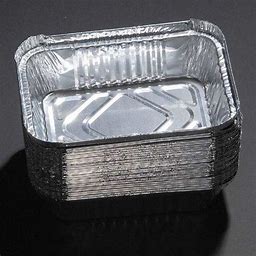



When it comes to food storage and preservation, there are several options to choose from, including cling film, wax paper, and aluminum foil. Each of these has its advantages and disadvantages, and it is important to understand the differences between them to make informed choices.
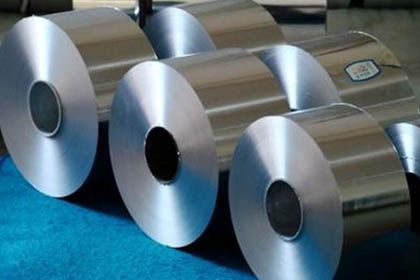
Cling film, also known as plastic wrap, is a thin, transparent plastic material that is widely used for food storage. It is made from a thin layer of low-density polyethylene that is treated with plasticizers to make it cling to surfaces. Cling film is ideal for wrapping sandwiches, covering bowls of food, and preserving leftovers. It is also microwave-safe, making it easy to reheat food without removing it from the wrap.
Wax paper is a thin sheet of paper that has been coated with a layer of wax to make it moisture-resistant. It is not heat-resistant, and therefore should not be used in the oven or microwave. Wax paper is ideal for wrapping food that will be stored in the refrigerator or freezer, as it prevents moisture from seeping in and keeps the food fresh.
Aluminum foil is a thin, flexible sheet of metal that is used for wrapping food. It is versatile and can be used for a variety of purposes, including baking, grilling, and storing food. Aluminum foil is heat-resistant and can be used in the oven or on the stovetop. It is also moisture-resistant, making it ideal for storing food in the refrigerator or freezer.
In summary, cling film is best for wrapping sandwiches and covering bowls of food, wax paper is ideal for refrigeration and freezer storage, and aluminum foil is versatile and suitable for baking, grilling, and storing food. Each of these options has its advantages and disadvantages, and choosing the right one largely depends on the specific needs of the user.
* Thank you for your inquiry. Please provide your business needs information so that we can better serve you.
This information can help us assign the most suitable person to solve your problem. We will give you feedback within 1-2 working days.
Related Blog
